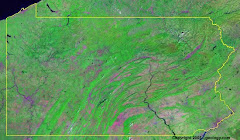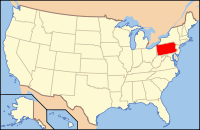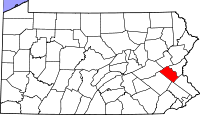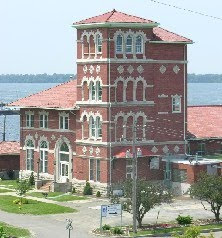Many churches, temples, and other organizations use their ancestral languages and customs in their services or meetings. These traditions enrich the lives of many Americans, and help them to appreciate and feel connected to their families' past. Understanding their history may give them a deeper view of how their unique outlooks developed.
Many Roman Catholic churches that were built about one hundred years ago in Pennsylvania were built by immigrants from Eastern and Southern Europe. The churches lie in the general area of Northampton, Lehigh, Carbon, Schuylkill and Northumberland counties - I'm not sure which others. The parishes reflected these families' cultures and languages. The workers had various occupations - many worked in the coal mines, others at Bethlehem Steel.
Last summer, over 60 of these churches were closed - many combined into single parishes with no particular ethnic identity. Before the churches closed, I was able to visit masses at several in South Bethlehem - Hungarian, Slovenian, Slovak, and Polish. I heard beautiful hymns and prayers in these languages. These final masses were so sad - and I wasn't even a member. Inside these walls, peoples' lives had been shared for so many years - the happy times and the sad times.
Then the doors were locked, and the people were left outside, looking in. They looked through stained glass placed by their ancestors, many reflecting scenes of the towns they'd left behind in Europe. The builders wanted their children to remember where they'd come from.
I would enjoy hearing from parishioners of temples, churches and other organizations that use the language of their ancestors for services. I would imagine that these concepts and words hold special meaning when they are expressed in these ways.
Subscribe to:
Post Comments (Atom)




No comments:
Post a Comment